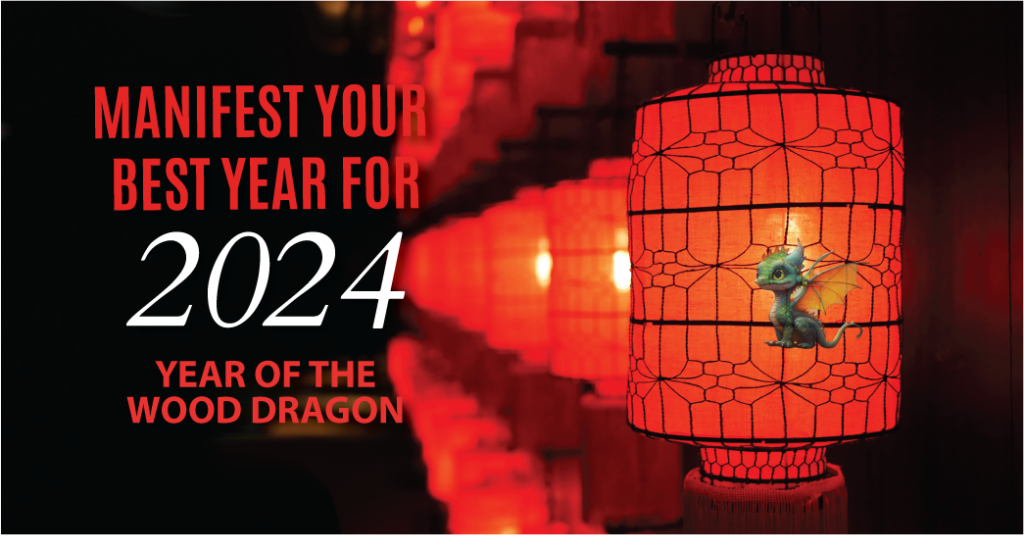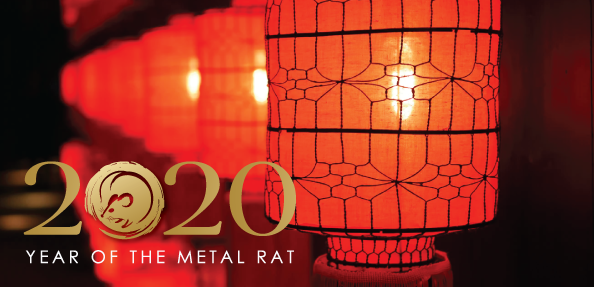Chinese Customs: the Lion Dance
Asian Cultural Insights and Tips
By Martha Dahlen
Adapted from: nationsonline.org
According to traditional Chinese belief, the lion signifies courage, stability, and superiority. The Lion Dance is performed to chase away ghosts and evil spirits, and since the monsters, ghosts, evil spirits and giants like Nian are afraid of loud noises, the dance has become a natural complement to the firecrackers’ noise. Clashing cymbals, a gong, and drums usually accompany this lively scene. The Lion’s every movement has a specific musical rhythm. The music follows the moves of the lion, the drum follows the Lion, the cymbals and the gong follow the drum player. Throughout the performance, the Lion will mimic various moods and demonstrate similar physical gestures allowing the Lion to look life-like. The Lion Dance combines art, history and kung fu.
Lion Dances take place during the first few days of the Chinese New Year, or at the opening of a business Two performers are involved, normally kung fu practitioners, one at the head of the Lion, one at the tail, plus, if the Lion Dance is in one place, a small band or at least a drummer.. The head is made out of papier mâché with prominent eyelids and a mirror attached at the front. All aspects of the Lion have auspicious connotations, particularly important for the start of the new year—or of the business. The nearly constant twinkle and movement of the Lion’s eyelids, as well as the movement of the head and mouth, are supposed to enhance the Lion’s vitality and longevity. The mirror is believed to expel negative energy, evil and bad spirits since negative energy would be reflected backward, evil spirit would be frightened by their own appearance when looking into the mirror and hence would disappear. One horn is traditionally attached to the lion’s forehead. Meanwhile, the spectacular tail sweeps away bad fortune and all unpleasant things from the previous year.
Traditionally, the Lion Dance started and ended at a temple, where the Lion paid respect not only to the temple and its deities but also to the ancestral hall as well. From there, the Lion initiated a procession through the streets, bringing joy and happiness to the people, stopping at businesses or homes along the way.
Alternatively, and more commonly today, the Lion Dance is held at a fixed venue. In any case, the dramatic climax of the Dance is the “Cai Qing” or ‘Picking the Green’. The green here refers to vegetable leaves which are tied to a piece of string which also has a red packet attached containing money. The string is hung above the door of the business, shop (or home), or on a tall pole. The Lion ‘eats’ both, the leaves and the red packet. Lying on the floor the leaves are ‘chewed’ by the Lion while the musicians play a dramatic rolling crescendo. The lull is broken as the Lion explodes back into activity, spitting out the leaves. This is a symbolic act of blessing by the Lion, with the spitting out of the leaves signifying that there will be an abundance of everything in the coming year.
A shop, business (or household) being visited by the performers of the Lion Dance will have good luck in the year to come (keep in mind that a visit normally has to be prepaid) and should a family member or the owner of a business stick his or her head into the Lions’s mouth, the year to come will even be more lucky and prosperous. The Lions are normally rewarded with customary gifts like oranges symbolizing wealth or mandarins/ tangerines symbolizing luck and red envelopes containing money.
Apart from the Lion is sometimes accompanied by a fan-bearer and a funny, smiling person or ‘uncle’, the latter being the God of Smiles. He demonstrates how one should approach the inevitable in life – with good humor, flexibility, skill, and a light heart.
There are various styles of Lions and Lion Dances though the biggest distinction is between the Northern and the Southern. The Northern Lion Dance was used for entertaining the Imperial Court. The Northern Lions have more of a lion’s flowing mane, similar to the fu lion, a Pekinese dog.
The Southern dance is more symbolic as described above. In addition, there are similar dances in virtually every Southeast Asian culture, including Japan, Korea, and Vietnam.
(image byBy Bob Jagendorf from Manalapan, NJ, USA. – Chinese New Year NYC – Dragon Dance.Uploaded by Atlaslin., CC BY 2.0)




